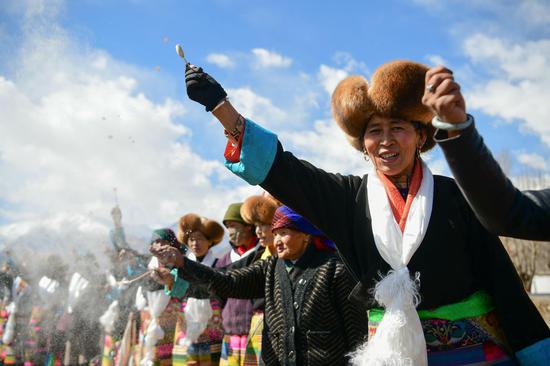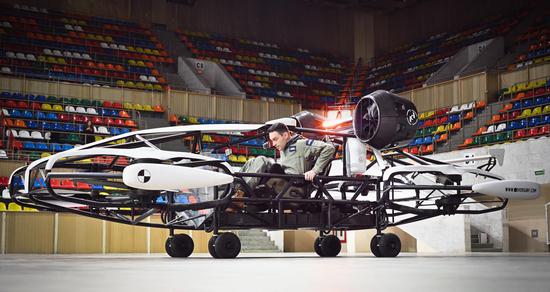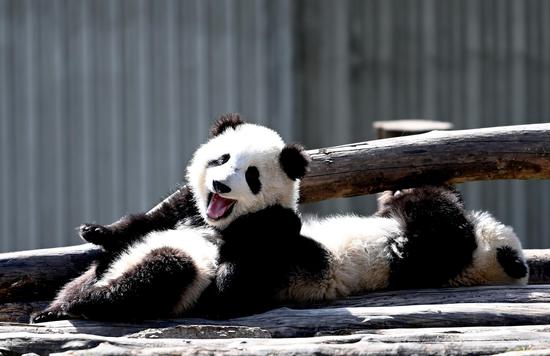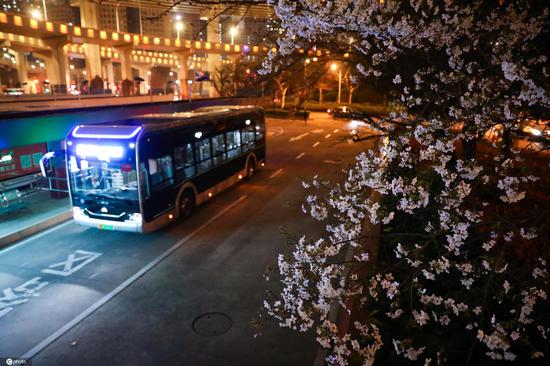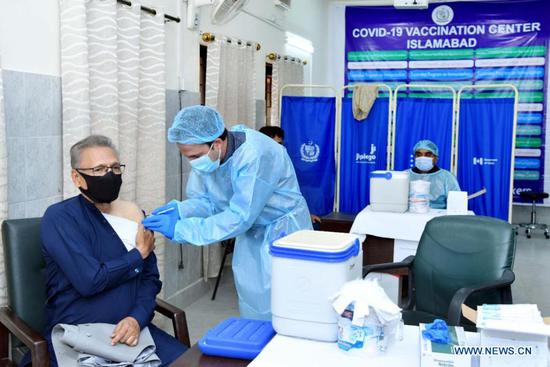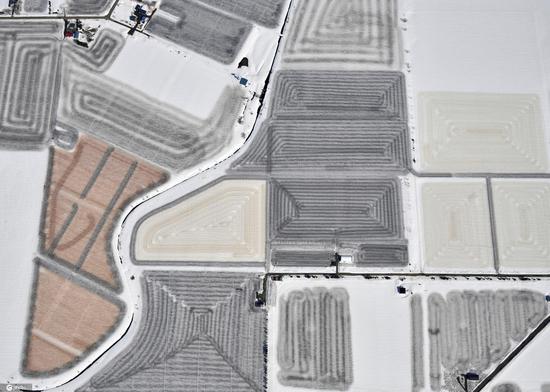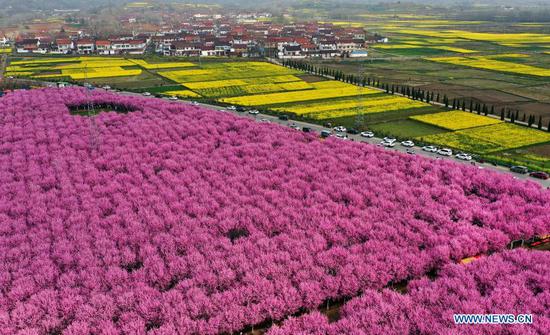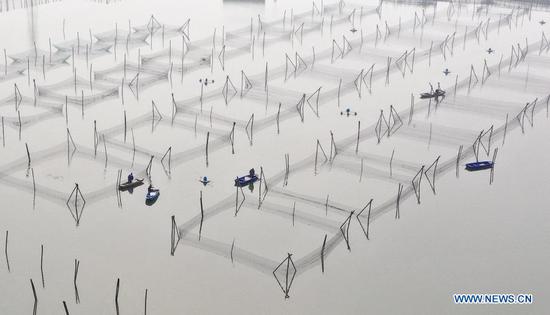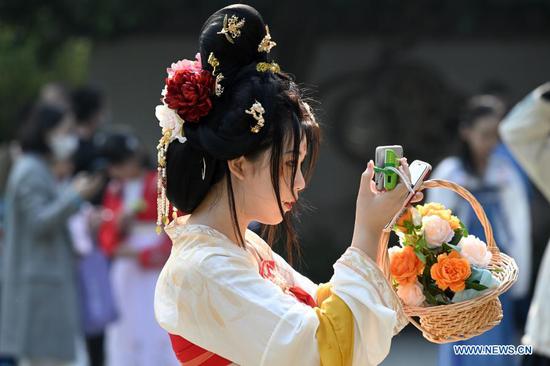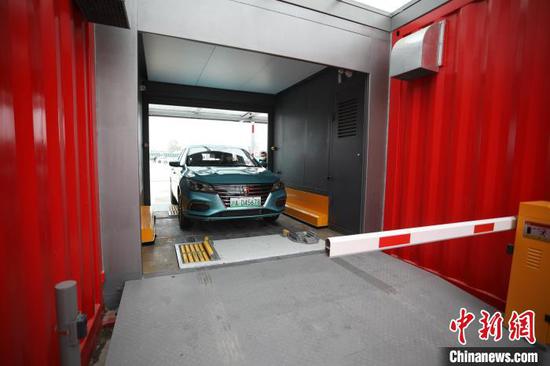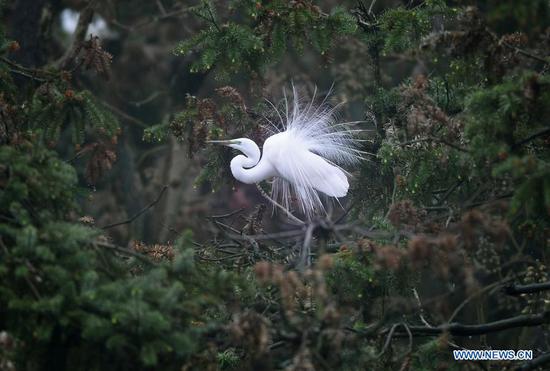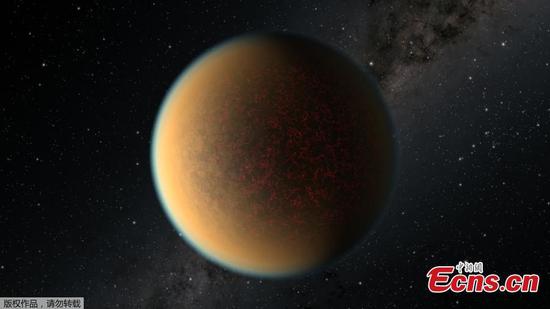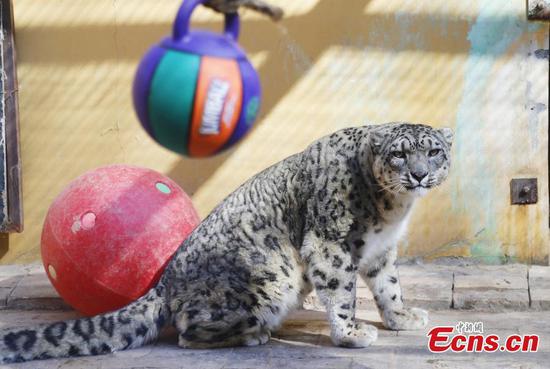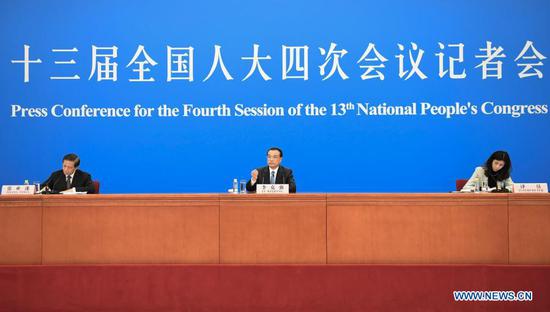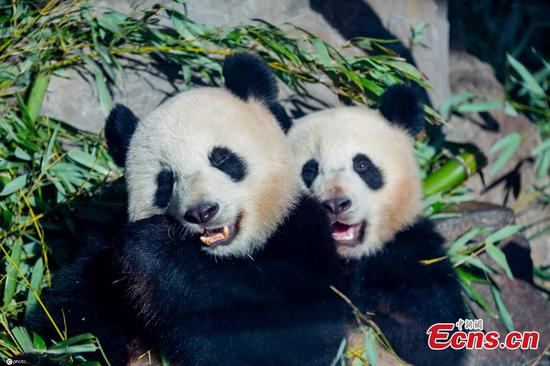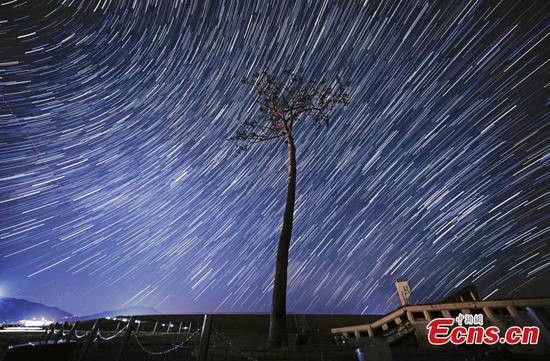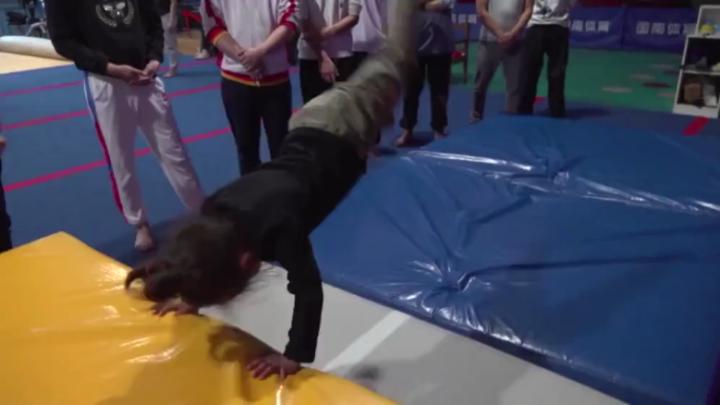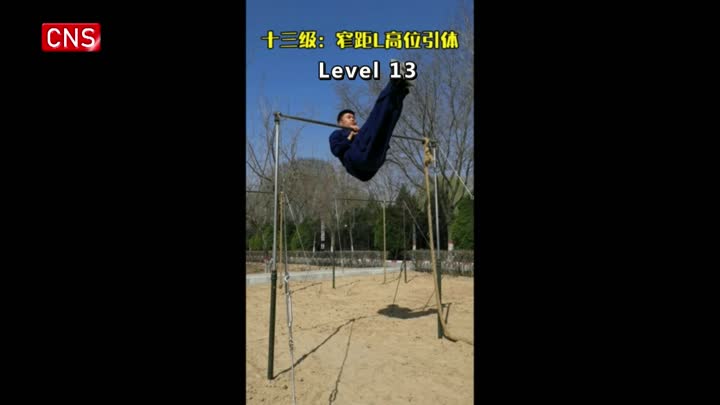Around 1,500 rice seeds that travelled with China's Chang'e-5 spacecraft are now growing vigorously on earth. The green seedlings are expected to leave the greenhouse and to be planted in the field at the end of the month, providing a "chip for China's seed security."
The 40 grams of space rice have travelled with China's Chang'e-5 lunar probe last November. After its 23-day space journey the seeds successfully returned to the earth and were planted at the plant space breeding engineering technology research center of the South China Agricultural University, south China's Guangdong Province.
This batch of seeds carried in deep space is of significant scientific research value, as it will help to select valuable new genes to serve rice variety breeding, according to experts.
"It was a breakthrough of mutation rice breeding experiments in deep space," said Chen Zhiqiang, director of the lab center in an interview with Xinhua News Agency.
"The seeds have experienced special environments including microgravity and sunspot eruption in the process of space travel, which affects the genetic variation of rice seeds."
These seeds contain 40,000 genes and after the genes have been mutated in the deep space environment, they can be tracked in a targeted way to find what good genes that can be used, according to the researchers.
"On the ground, researchers use radiation and heavy ions to simulate the microgravity environment to carry out seed mutation. The deep space environment is extremely unique and is expected to produce even stronger genetic effects," said Guo Tao, deputy director of the center.
In addition, Chinese scientists will be able to explore the origin of life, species evolution and aerospace biosafety by deeply researching on the molecular and genetic mechanisms of model organisms responding to deep space environment through rice seeds.
"This batch of rice is expected to be harvested at the end of June and then sown for a second generation. If it goes well, the breeding results are expected to be initially presented by the end of next year," Guo said.
He added that according to the general law of space breeding, the excellent characters of seeds can be stabilized after four to five generations, and then new rice varieties with high quality and high yield can be selected, providing scientific and technological support for the development of China's rice industry and rural revitalization.









